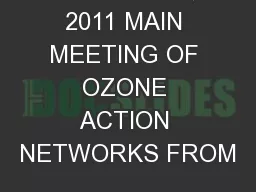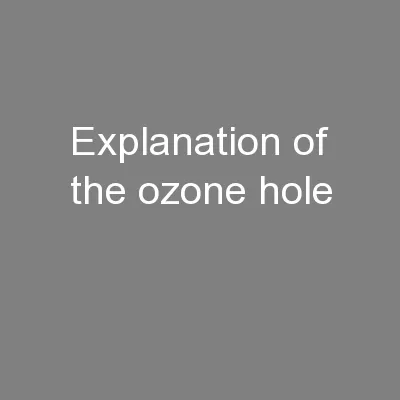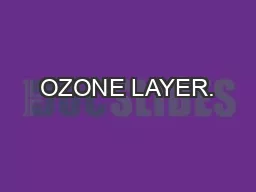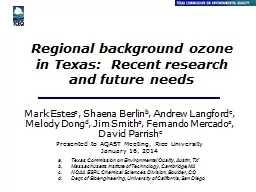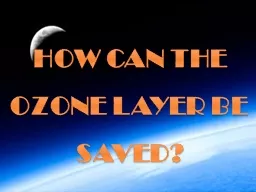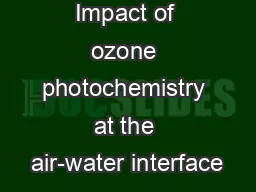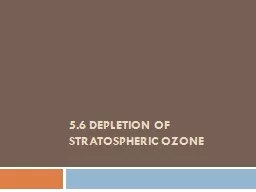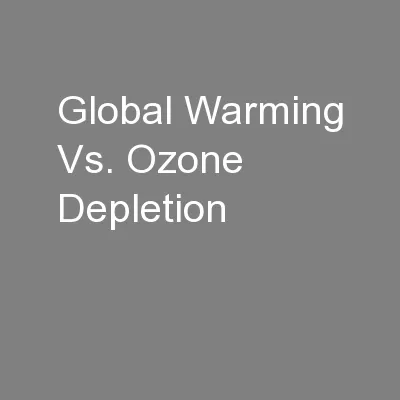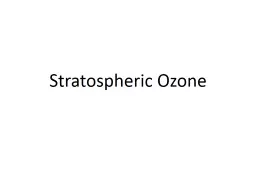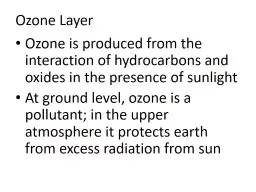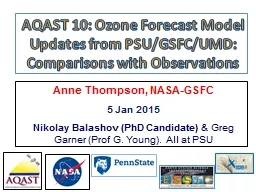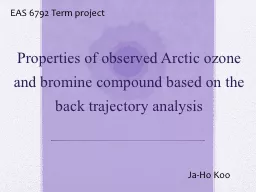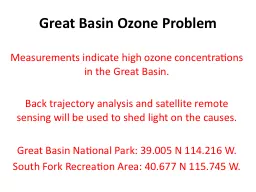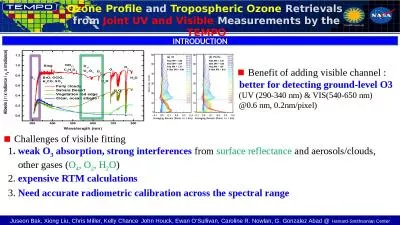PPT-OCTOBER 5, 2011 MAIN MEETING OF OZONE ACTION NETWORKS FROM
Author : sherrill-nordquist | Published Date : 2018-09-30
LATIN AMERICA AND THE CARIBBEAN Staci Gatica gaticastaciepagov US Licensing System amp Enforcement Activity 2 Presentation Topics Mechanics of US Licensing System
Presentation Embed Code
Download Presentation
Download Presentation The PPT/PDF document "OCTOBER 5, 2011 MAIN MEETING OF OZONE AC..." is the property of its rightful owner. Permission is granted to download and print the materials on this website for personal, non-commercial use only, and to display it on your personal computer provided you do not modify the materials and that you retain all copyright notices contained in the materials. By downloading content from our website, you accept the terms of this agreement.
OCTOBER 5, 2011 MAIN MEETING OF OZONE ACTION NETWORKS FROM: Transcript
Download Rules Of Document
"OCTOBER 5, 2011 MAIN MEETING OF OZONE ACTION NETWORKS FROM"The content belongs to its owner. You may download and print it for personal use, without modification, and keep all copyright notices. By downloading, you agree to these terms.
Related Documents

